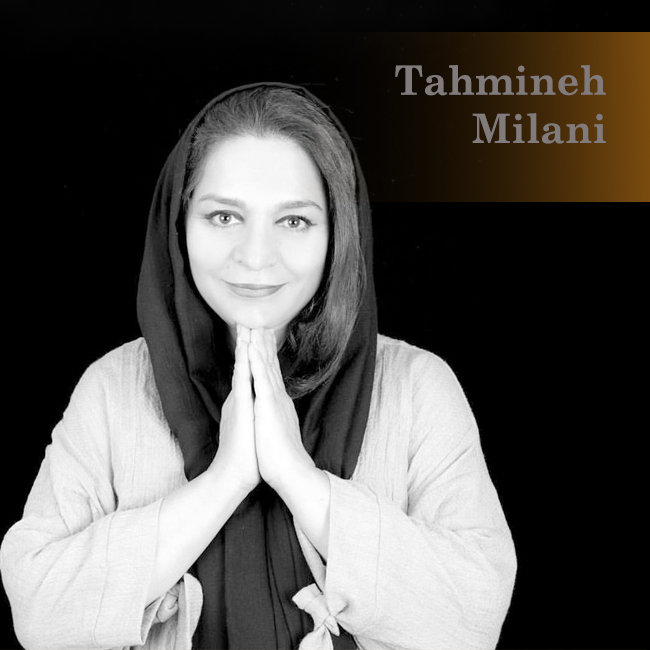Iran’s popular film industry began its operation as a sustained national industry after World War II. After a decade long hiatus in film-making from the late 1930s to 1940s, the efforts of a diverse group of filmmakers, producers, actors and actresses, cinematographers, sound engineers, and screenwriters, gave way to a popular film industry that consolidated in the 1950s. From very early on, these films were reprimanded by Iranian film critics and cultural thinkers as “debased,” and “cheap” visual offerings that were imitative of Hollywood, Egyptian, and Indian popular films. Critics claimed that the Persian language was the only distinct feature that made these films Iranian, and hence they adopted the term “Film-Farsi” as a derogative title for this industry. Cognizant of global cinematic trends, political struggles, and ideological currents, critics demanded the production of socially committed and artistic films that aligned with global New Wave cinematic trends. In this article, I aim to provide an alternative reading of Film-Farsi and reclaim the title for a highly dynamic and creative industry before the 1979 Revolution. While engaging with the popular tropes of international popular films, Film-Farsi played out and shaped an everyday moral substance that was based in Iranian practices. Flourishing from the very heart of people’s concerns, these popular films negotiated the complex and conflicting experience of modernity in an era defined by fast-paced modernization. While incorporating Hollywood, Indian, Italian, and Arab tropes, figures, and narratives, the Film-Farsi industry defined itself as a national industry that spoke to the anxieties and futural desires of the masses.




